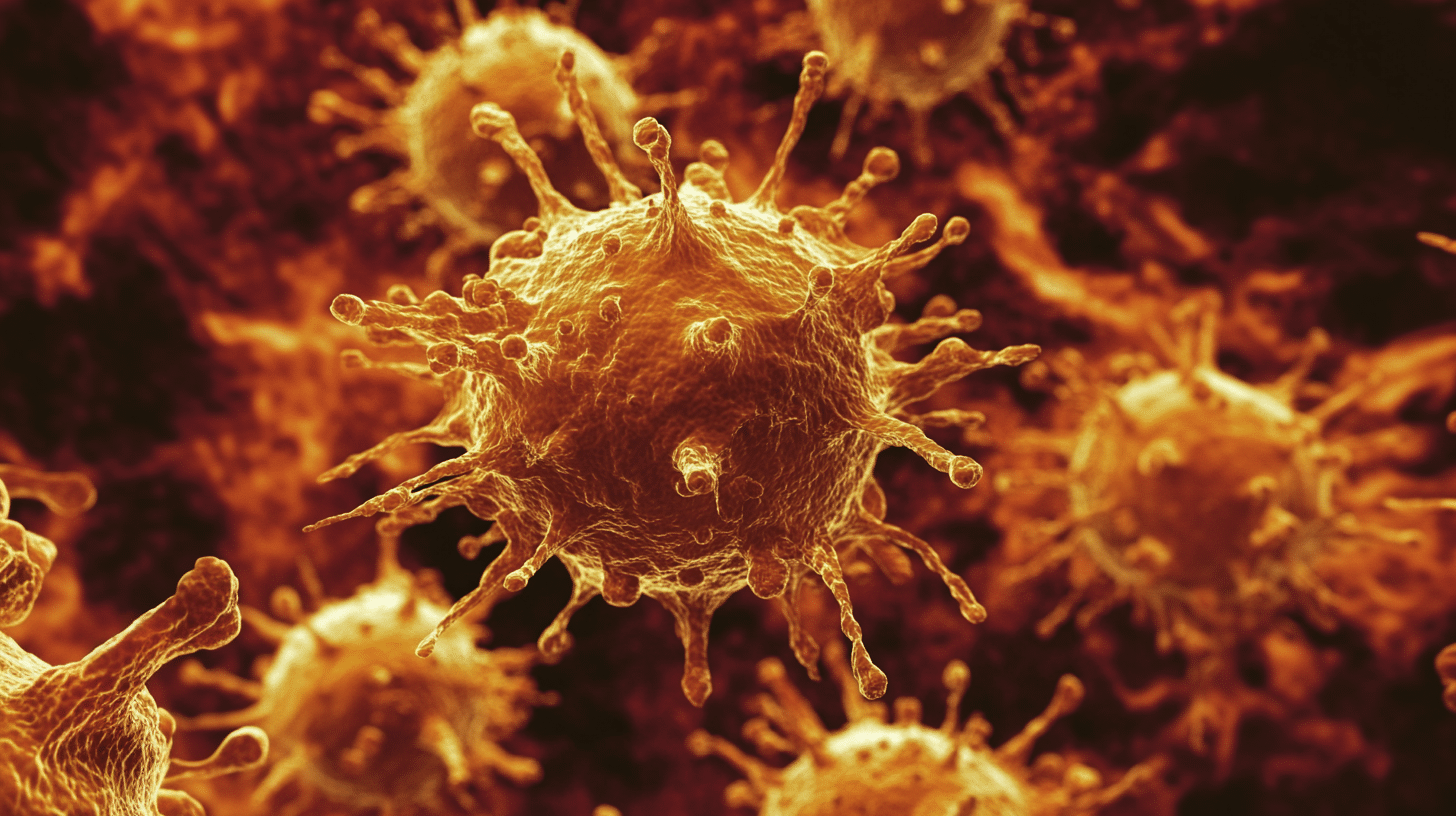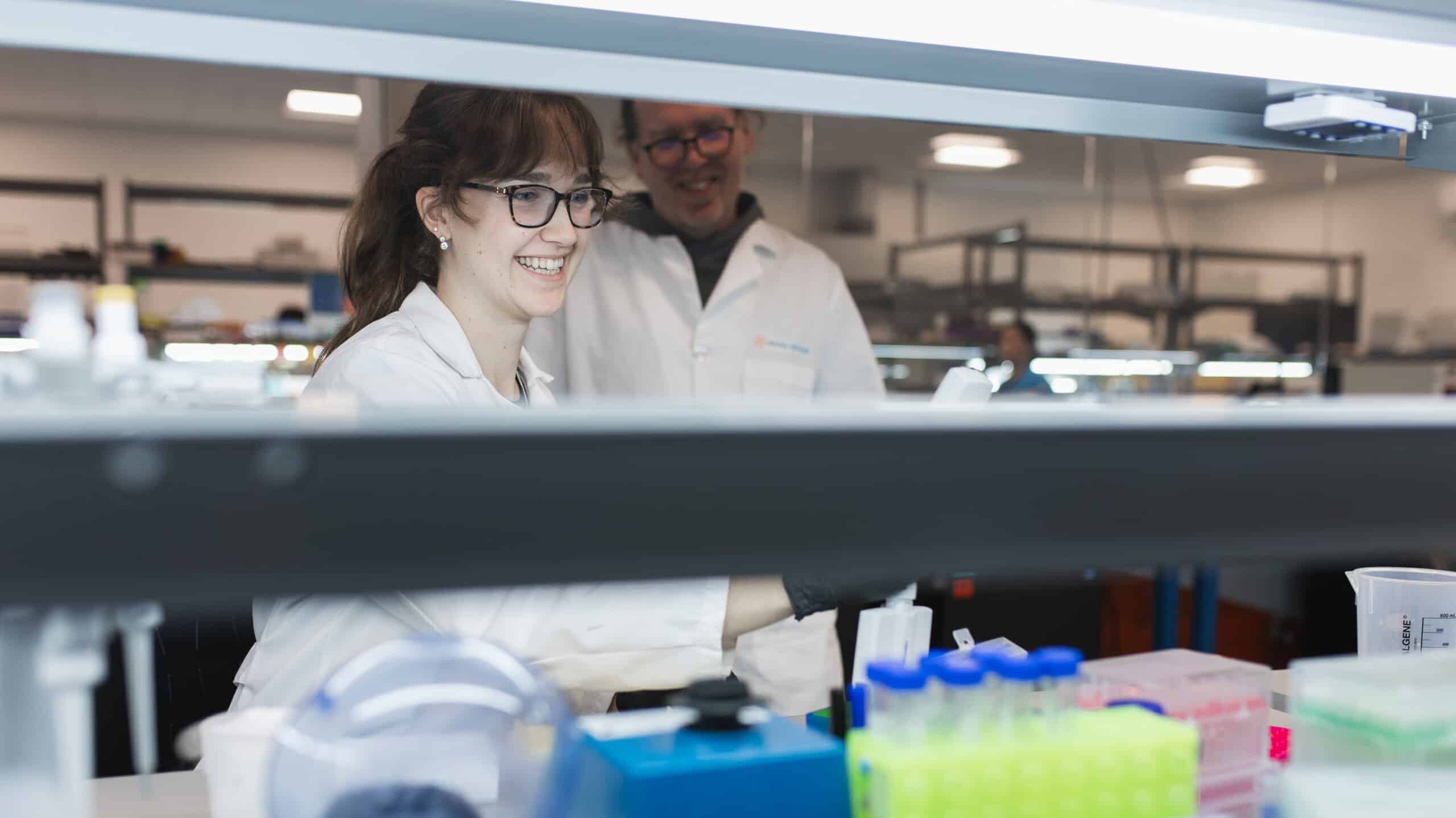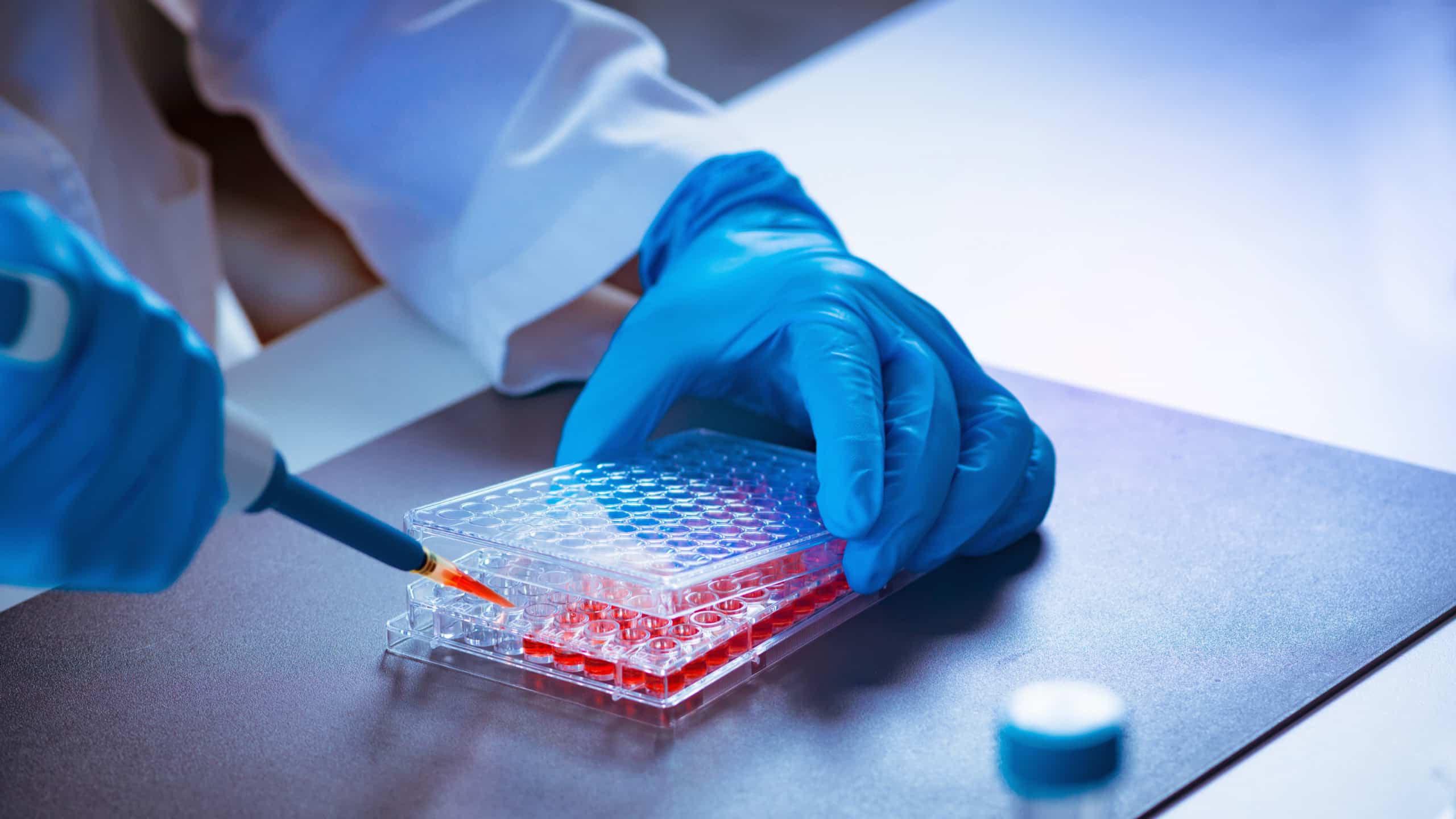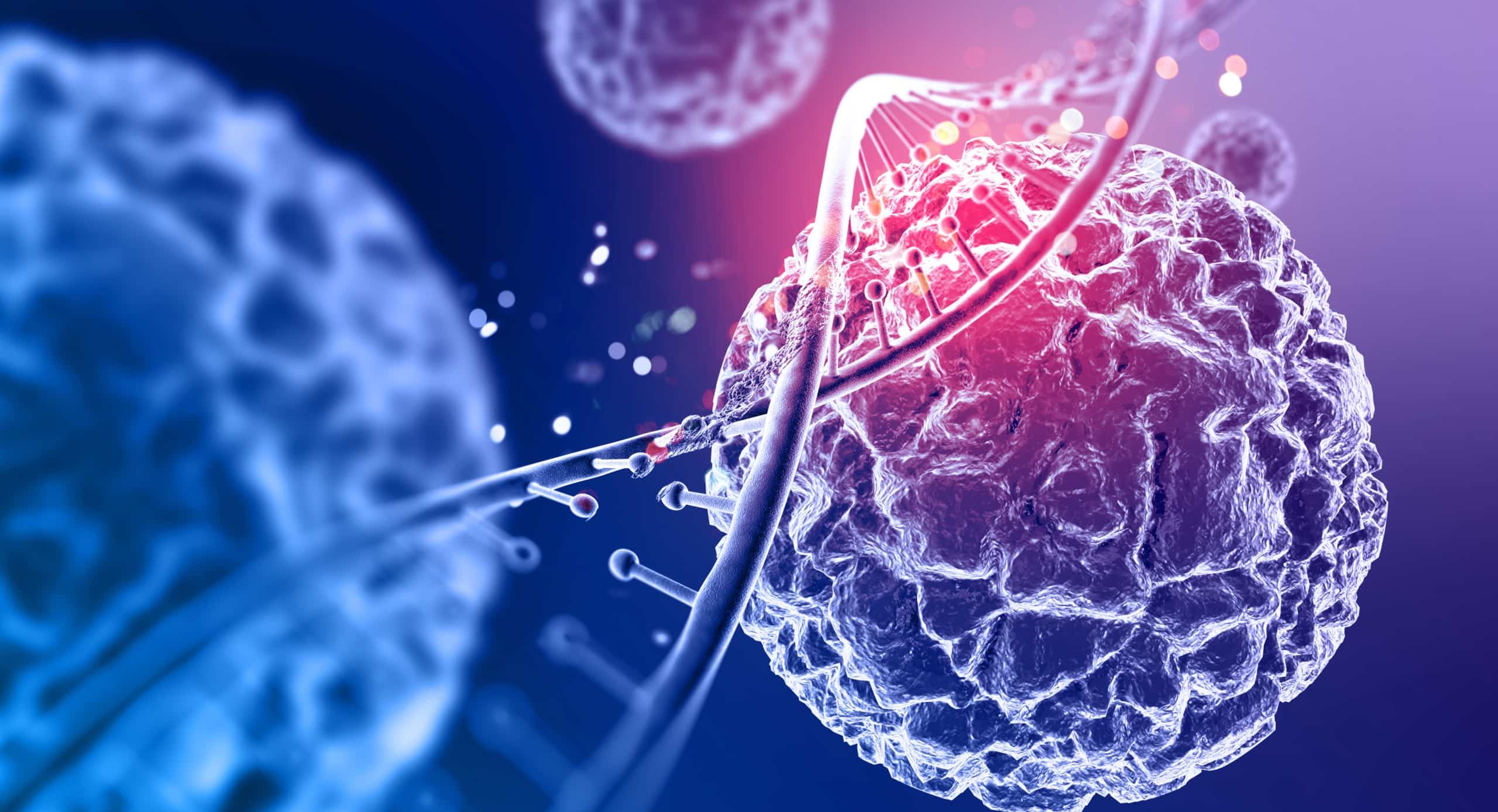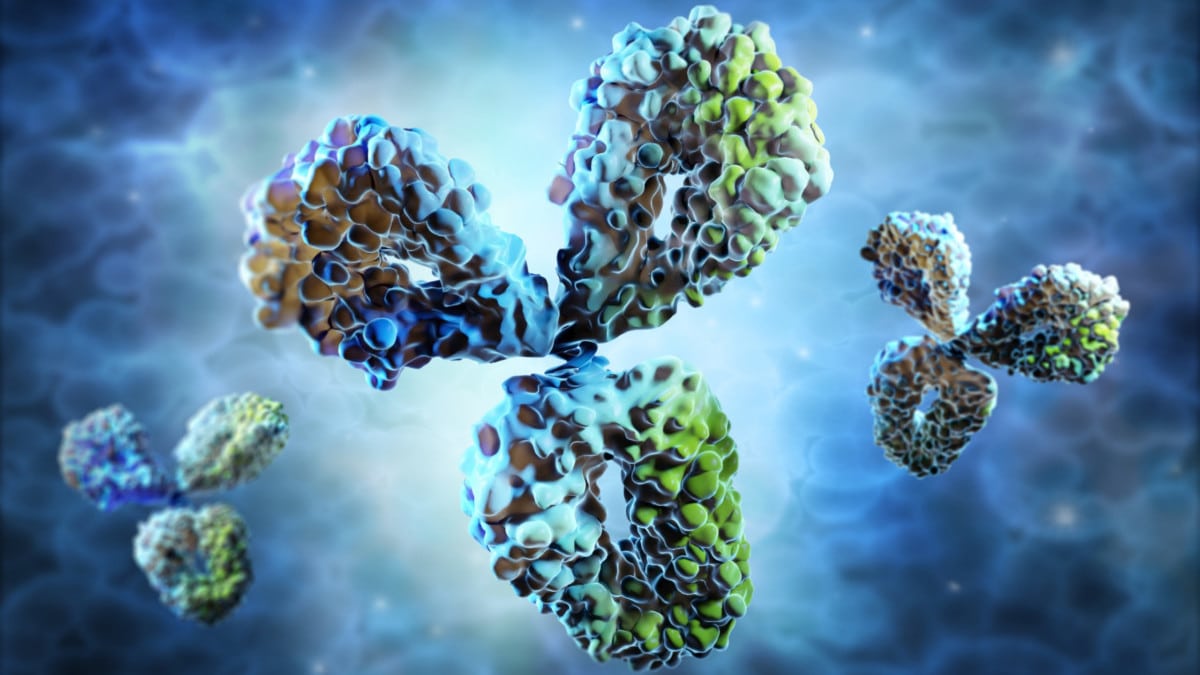Cytokines in Disease and Therapeutics
Written by: Jenna Kerry, MSc Published: May 7, 2025 Contents Introduction What are Cytokines? What do Cytokines do? Cytokines in Disease Cytokines in Therapeutics Immunocytokine Engineering and Anti-Cytokine Antibody Sequencing Introduction If the immune system were an orchestra, cytokines would be the conductors. Cytokines are [...]

